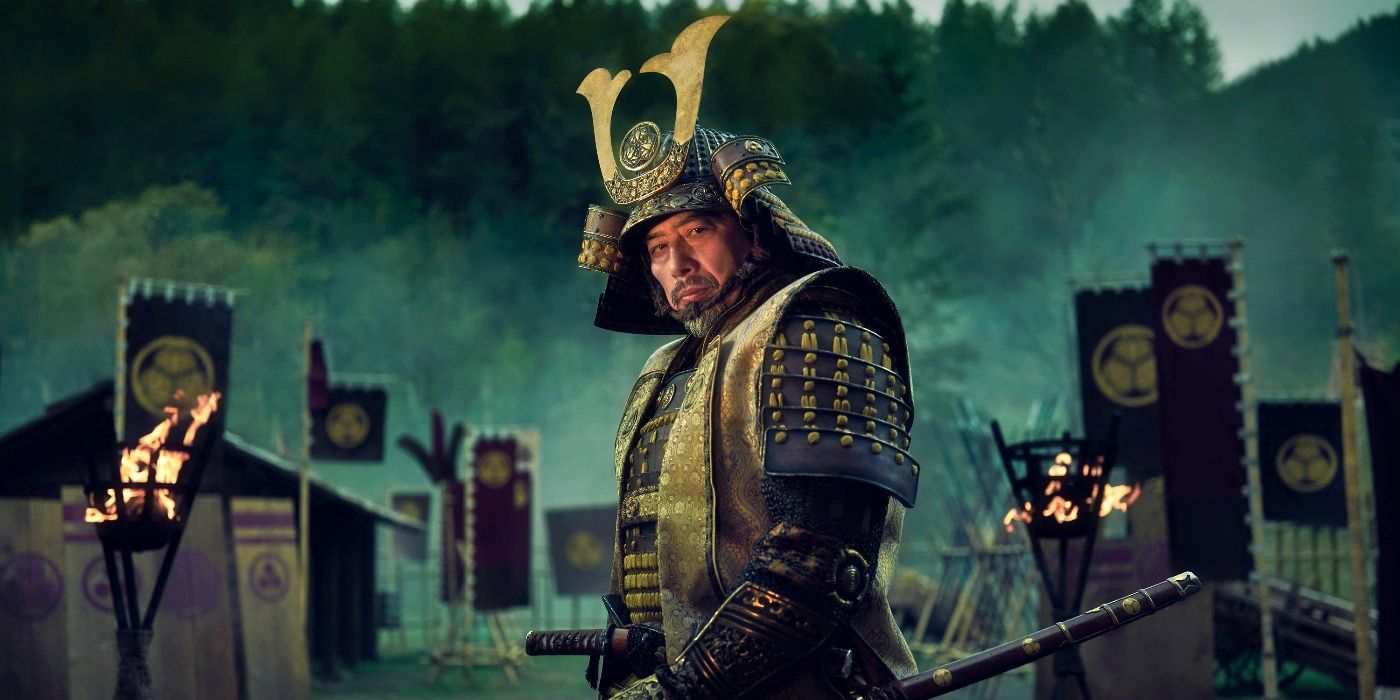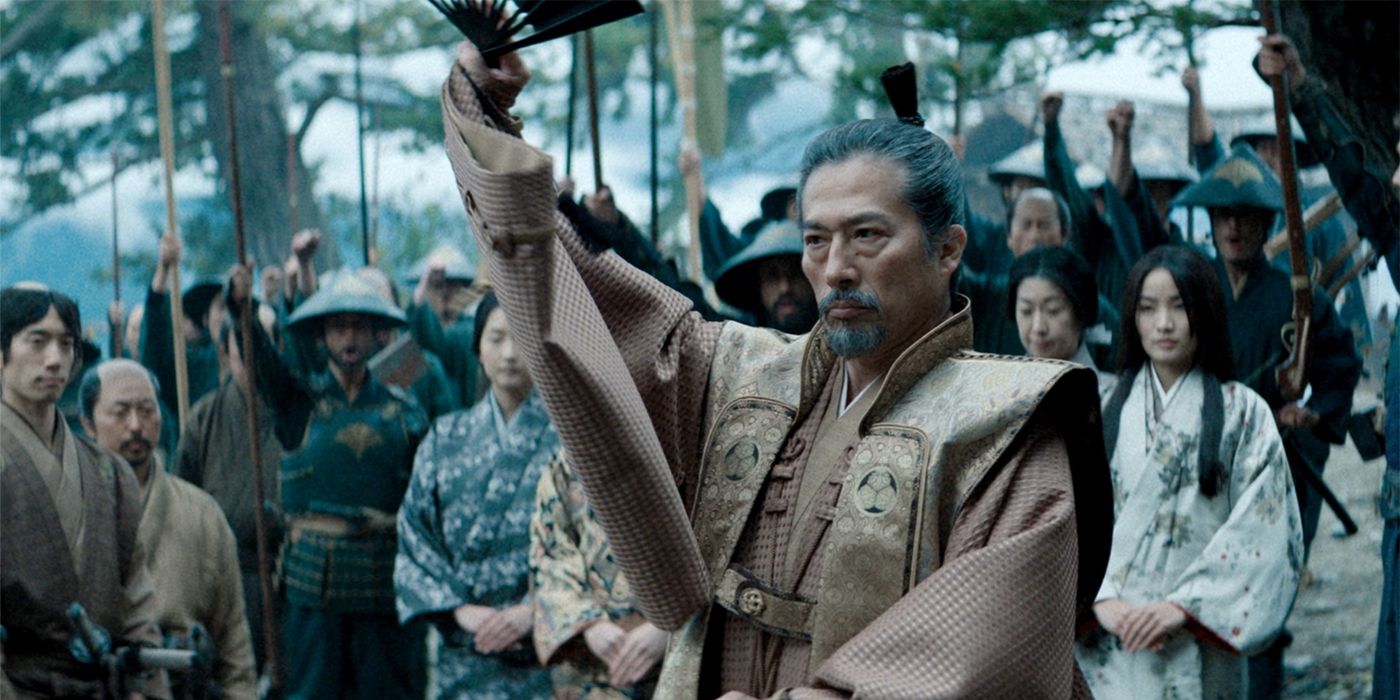And which real-life locations helped to recreate the era of feudal Japan?

Shōgun, the historical drama miniseries based on the novel of the same name by James Clavell, has taken the internet by storm since its release last month. The show had been highly anticipated before its debut, and with generally positive reviews by critics and its 99% rating on Rotten Tomatoes, the show’s premiere surpassed that of The Kardashians Season 1 and The Bear Season 2, becoming the number one FX premiere on its streaming platforms.
With a captivating storyline and arresting shots, Shōgun is a rare gem that draws the viewer in and doesn’t let go. The show masterfully brings the audience into a new world with its intricate sets, beautiful costumes, and stunning performances, evoking the Japan of a bygone era. However, this couldn’t be farther from the truth, as the series was actually not filmed in Japan. So which locations did Shōgun rely on to recreate the era in which the show takes place?
What Is ‘Shōgun’ About?
Shōgun focuses on the story of three main characters: Lord Yoshii Toranaga (Hiroyuki Sanada), a wise and powerful daimyō navigating political conflicts and facing dangerous enemies; Lady Mariko (Anna Sawai), a mysterious highborn woman with hidden skills and a dark past; and John Blackthorne (Cosmo Jarvis), an English sailor who becomes shipwrecked in Japan and whose presence may alter all of their fates.
The story is set during the early 17th century, specifically during the Tokugawa shogunate, and begins with Blackthorne’s shipwreck on the coast of a Japanese village. Initially a captive, he quickly becomes embroiled in the complex politics and power struggles of the time. While the drive for power and the resulting political machinations emerge as dominant themes, driving the characters to manipulate and scheme in their quest for control and influence, the show also explores love and relationships against the backdrop of feudal Japan, highlighting the human connections that transcend cultural barriers and societal norms.






